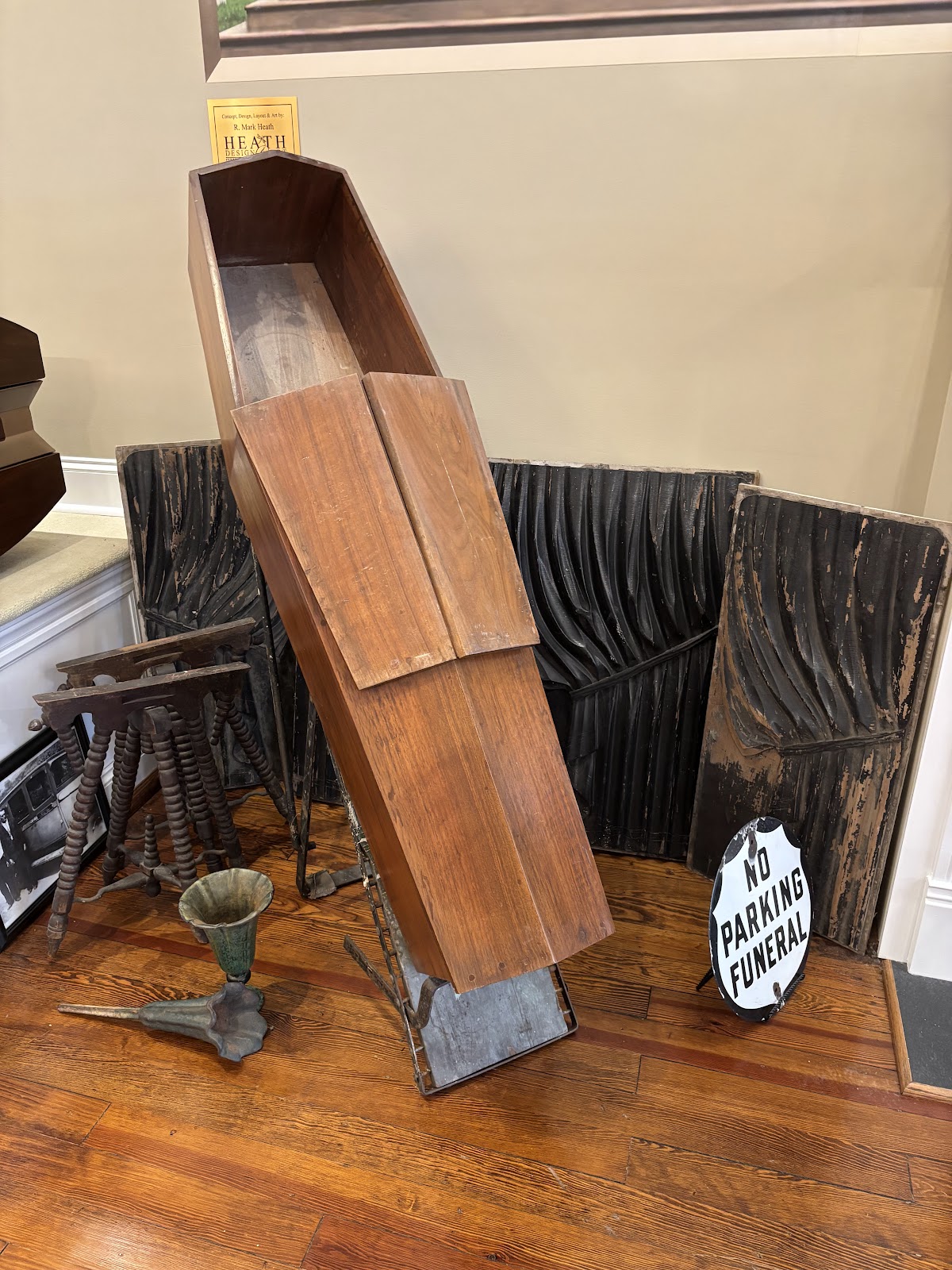This past Sunday, I spent the day surrounded by blooms, history, and some of the best company at Hartwood Roses Open Garden Day. If you’ve never been, you’re seriously missing out—it’s one of those slow, beautiful days where everything smells like roses (literally) and time just feels softer.
 This year’s event was on Sunday, May 25, 2025, and as always, Connie’s garden was pure magic. I still can’t believe we have been friends for ten years now. We first connected through our blogs back in 2015, then became social media friends, and cemetery adventurers together. I've attended the Hollywood Cemetery Rose Days that she led. We attended cemetery picnics together, and I've been on a few of her rose rescue missions. She’s a friend and one of the best advocates for preserving historic roses that I know.
This year’s event was on Sunday, May 25, 2025, and as always, Connie’s garden was pure magic. I still can’t believe we have been friends for ten years now. We first connected through our blogs back in 2015, then became social media friends, and cemetery adventurers together. I've attended the Hollywood Cemetery Rose Days that she led. We attended cemetery picnics together, and I've been on a few of her rose rescue missions. She’s a friend and one of the best advocates for preserving historic roses that I know.
Connie’s the reason I started growing cemetery roses in my own yard. She kind of drafted me (in the best way) into the mission to save these historic roses—once lovingly planted in cemeteries, now often neglected or mowed over by well-meaning (I use that phrase loosely) landscapers who don’t realize what treasures they’re cutting down.There are probably more cemetery roses blooming in Connie’s garden than in most cemeteries. She’s rescued and labeled so many that walking through her garden is like taking a rose history tour. I spotted roses from Congressional Cemetery, tons from Hollywood Cemetery, and even the Emma Trainer rose—the first one I ever worked on reviving during Rose Day. Now it’s a gorgeous velvety red blooming Dr. Huey, thriving and showing off deep red blooms. Not exactly the rose she once was but still loved.
Connie also introduced me to Anne Spencer’s garden in Lynchburg years ago, and that visit helped me see gardens not just as pretty places, but as living archives of memory and meaning.
After soaking up all the beauty in the garden, I made a stop at Fredericksburg Cemetery to visit the graves of novelist Helen Gordon Beale and her mother, diarist Jane Howison Beale. Sadly, that visit came with a heavy heart. Earlier this month, there was a major vandalism incident at the cemetery—over 15 gravestones were toppled or damaged, including markers belonging to former mayors and others with stunning religious symbolism. Repair costs are estimated at more than $20,000—a big ask for the small non-profit that maintains the space.It is another reminder of how important it is to care for these tangible pieces of our past, whether that’s gravestones or historic roses. They tell stories. They hold memory. And once they’re gone, they’re gone.
If this kind of thing speaks to your heart, I highly recommend following Connie on Instagram @hartwoodroses to catch next year’s Open Garden Day (and enjoy some seriously gorgeous rose content in the meantime). She’s always sharing updates, and trust me—you’ll want to mark your calendar when the time comes.
Until then, I’ll be tending my little patch of rescued roses and feeling grateful for this community of caretakers, gardeners, and friends.

















